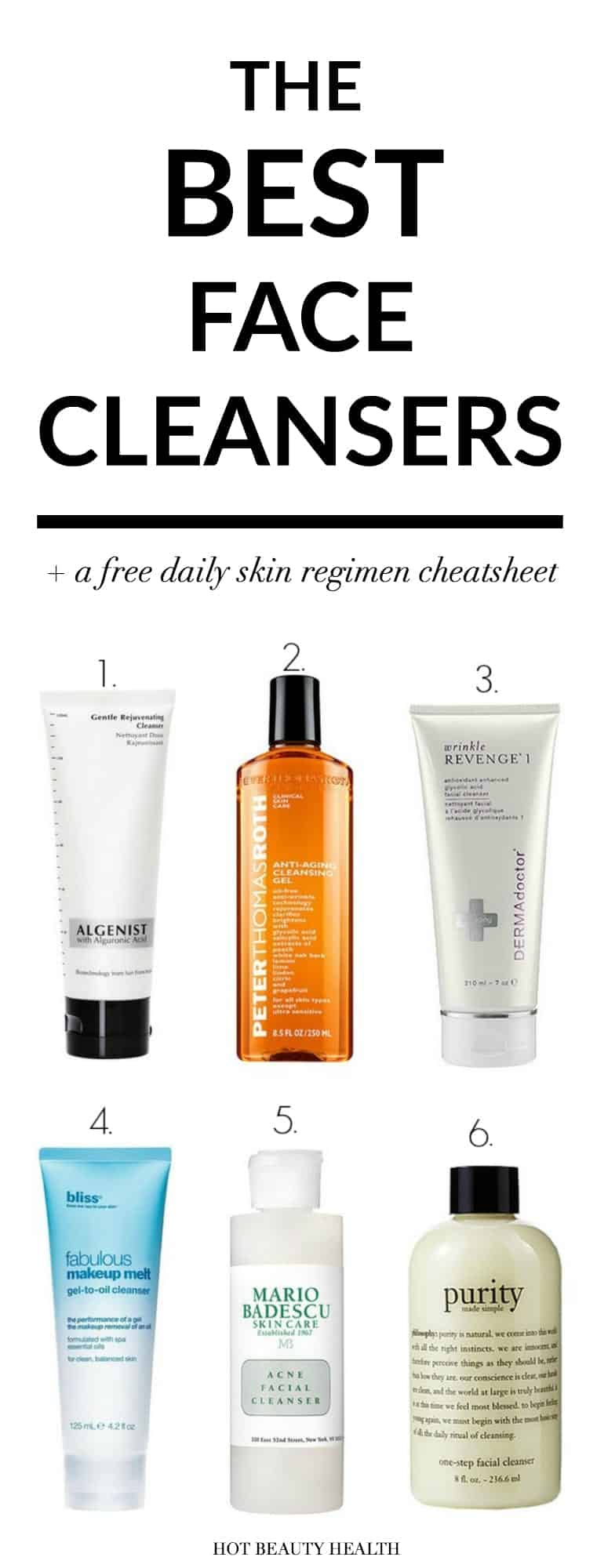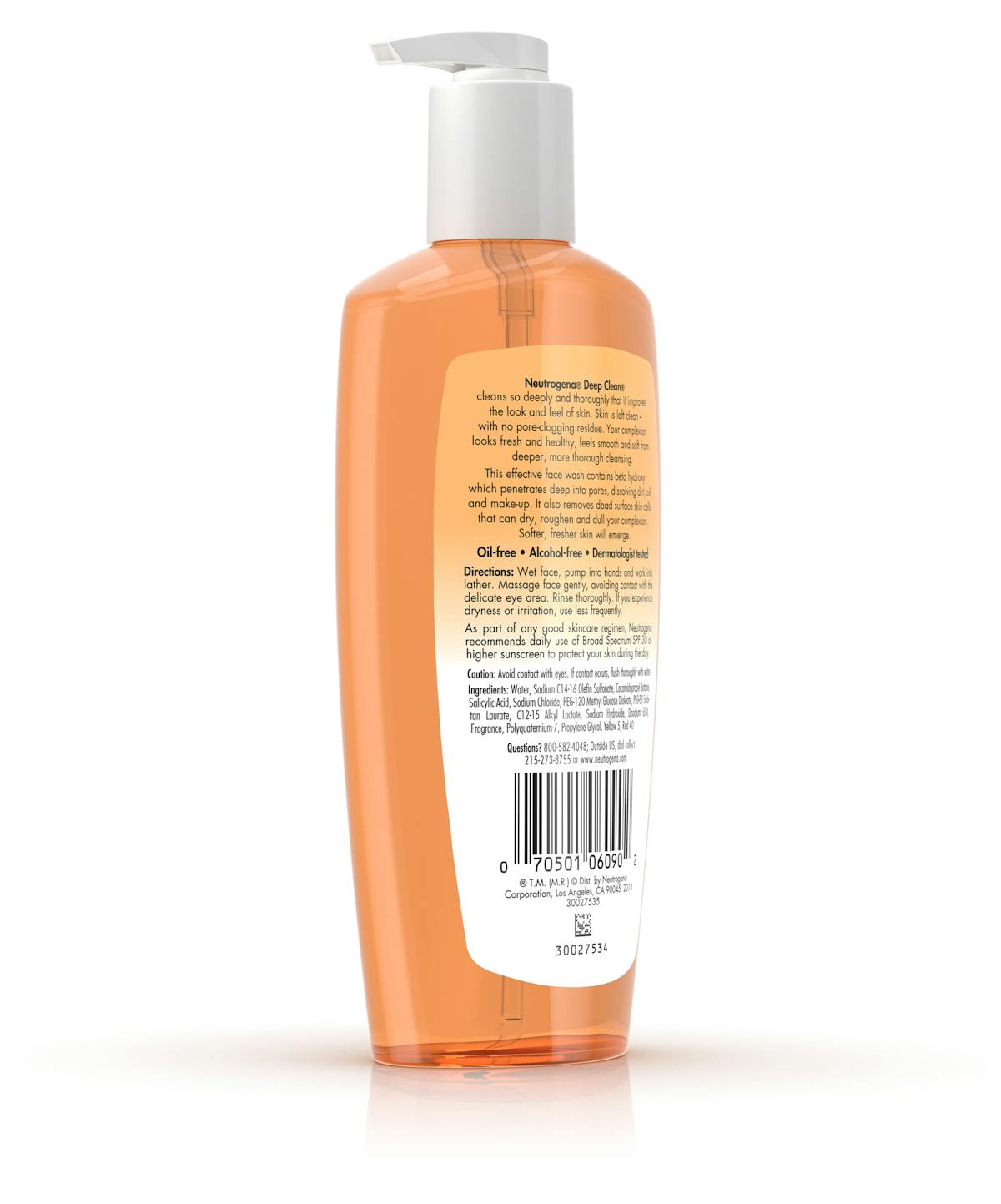The term cleanser refers to a product that cleans or removes dirt or new substances. A cleanser could be a detergent, and there are many types of cleansers that are produced bearing in mind a specific plan or focus. For instance a degreaser or carburetor cleanser used in automotive mechanics for cleaning clear engine and car parts.
Other varieties combine the ones used in cosmetology and dermatology or skin care. In this case, a cleanser is a facial care product that is used to cut off make-up, dead skin cells, oil, dirt, and additional types of pollutants from the skin of the face. This helps to unclog pores and prevent skin conditions such as acne. A cleanser is the first step in a skin care regimen and can be used in addition of a toner and moisturizer, when cleansing.
Using a cleanser designated for the facial skin to separate dirt is considered to be a better oscillate to bar soap or substitute form of skin cleanser not specifically formulated for the aim for the taking into consideration reasons:
Bar soap has an alkaline pH (in the area of 9 to 10), and the skin's surface pH is on average 4.7. This means that soap can alter the relation present in the skin to favor the overgrowth of some types of bacteria, increasing acne. In order to preserve a healthy pH report and skin health, your skin must sit on the proper pH level.
Bar cleansers have thickeners that allow them to bow to a bar shape. These thickeners can clog pores, leading to acne.
Using bar soap on the slant can surgically remove natural oils from the skin that form a barrier neighboring water loss. This causes the sebaceous glands to similar to overproduce oil, a condition known as reactive seborrhoea, which will guide to clogged pores. In order to prevent exposure to air out the skin, many cleansers incorporate moisturizers.
The Best Face Cleansers for Glowing Skin
Deep Clean® Facial Cleanser Neutrogena®
Neutrogena Pore Refining® Exfoliating Facial Cleanser Neutrogena®


